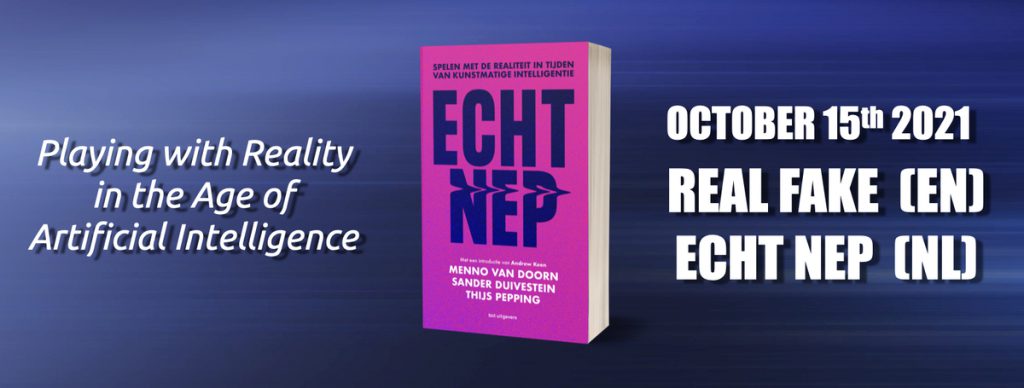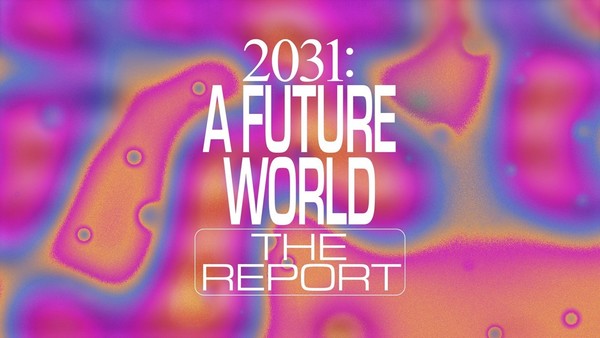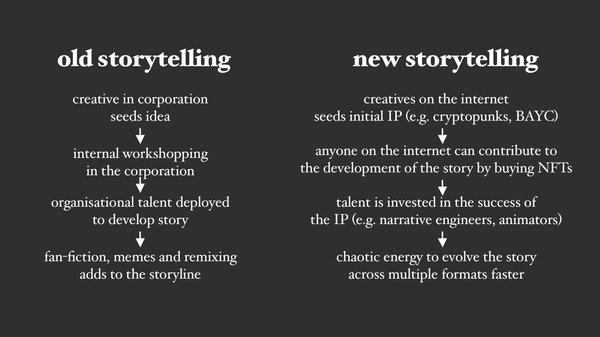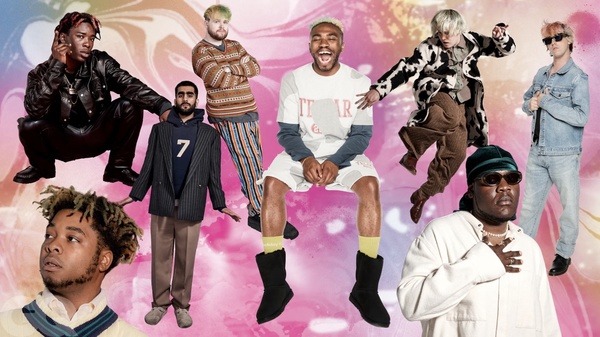
It’s official: the full title of our upcoming book is “Real Fake – Playing with Reality in the Age of Artificial Intelligence”.
“Real Fake” is our take on synthetic media and the follow-up to our 2008 book “Me the Media”. Real Fake is about how humans continuously manipulate reality and how new digital technology tools enable us to go one step further in this ancient game. This includes modern phenomena like conspiracy theories such as QAnon, Deepfakes, and fake news, but also virtual humans such as CGI Influencer Lil Miquela and virtual worlds like Fortnite.
Digital Life Is More Important Than In-Person Life

“The majority of Gen Z believe that how you present yourself online is more important than how you present yourself in person – and while 92% of Gen Z are typically multitasking with other activities while browsing the web, they’re also more likely to remember the color of a website than someone’s eye color.”
This is exactly one of the points we are making in our upcoming book Real Fake. Fake has become more valuable than the real thing. Fake is the new real.
10 Key Predictions From Report: ‘2031: A Future World’

“Alongside the metaverse, there’s a whole swathe of virtual possibilities that could become as real as our everyday realities are now. According to Charli XCX and author Jia Tolentino, reality is passé; it’s boring. We’re over it. And Benoit Pagotto, co-founder of RTFKT, claims that “augmented reality is going to be huge and the next computational revolution”. In less than ten years, we might be shopping in VR and paying for our purchases with cryptocurrency, which are then delivered to our homes by drones. Why go outside when you can go online? Well, it’s all fun and games until someone creates something so freakishly real that we can’t tell the difference anymore.”
We are abandoning reality as we know it…
Fans Are Calling the Shots

“Call it the age of fan service. Pop culture will never be the same, but maybe that’s a good thing. As online fandom transforms storytelling, it is also revealing a fundamental truth: The lone writer in a garret, disconnected from the world, was always a myth. No one creates in a vacuum, untouched by the demands of the marketplace and the cultural conversation of the moment. From tales told and retold around fires to those filmed, spun off and rebooted in Hollywood, storytelling has always been a communal process. […] Whether it’s destructive or restorative, fan culture is helping to shape the most popular stories of our time. It’s asking important questions about who gets to tell stories and adding transparency to the process. Through fandom’s lens, we can see the audience remaking our pop culture in real time, even as we consume it.”
It all implies a new way of storytelling. @neer has captured this in a nice visual: old world of storytelling (pre-nfts) versus new world of storytelling (with nfts)

Navigating The Creator Economy Gold Rush

“The creator economy — the industry of influencers, bloggers, videographers and anyone on social media monetising their online fanbases — is now 50-million strong, according to a 2020 report by venture capital firm SignalFire. Social media platforms want them, and brands and marketers want to work with them. […] The biggest change creators are facing is that gradually they won’t need to rely as much on brands, as they shift to become direct-to-consumer businesses. Instead of being linked to a brand through a sponsored post or product placement, they have the opportunity to sell directly to their customers. […] That perception is changing as creators are able to build a brand IP or franchise. Look for example at Cocomelon, a YouTube channel known for nursery rhymes with 116 million subscribers; and Blippi, a preschool education-and-entertainment character with more than 13 million YouTube subscribers. Both accounts on the platform were launched by creators, but have grown into global kids’ media franchises.”
Make no mistake, creators are building the decentralized Disney of the future!
Introducing The New American Sportswear

“They are also speaking to a new generation of consumers who see fashion, and these designers, as popular culture, a product similar to music or sports to follow like fanatics. Who view shopping as entertainment—a way of hanging out—and clothes as a way to demonstrate their depth of knowledge in a world of social-media-fueled microtrends. Menswear in America is no longer a churn of mass products, in which designers are expected to translate European ideas into affordable and accessible American ones. Instead, successful designers today are making their own aesthetic. And they are revolutionizing style in the way they speak to, and with, their consumer fan bases, which are made up of young men for whom the past decade’s booming streetwear culture permanently rewired their fluency with fashion.”
Popculture has changed forever. Designers and their brands are the new popstars.
Real-Time DeepFake Streaming

“The world’s most-used deepfake software, and the one most strongly associated with deepfake porn, is getting a new implementation – the ability to superimpose deepfakes of a celebrity likeness into live webcam footage. […] Possible uses cases of DeepFaceLive according to commentors on at Russian social site VK.com are: an ‘anonymization’ or recreational filter in Zoom and similar applications; a means for committing fraud or deceiving the person watching the live stream; and – perhaps most likely, in light of the software’s provenance and user-base – as a means of implementing celebrity-focused webcam-based sex work.”
Real-time deepfake streaming. What could possibly go wrong?
Race Against The Machine

When you’r looking under the skin, like with an X-ray, you can’t see the color of the skin. Black, White or Asian? The radiologist couldn’t tell. But by training an AI system (against the self reported race) this has changed. In some cases with 99% accuracy the algorithm can predict your color based on the X-ray. The scary thing: the researchers don’t know how the algorithm does the trick. The research (non peer reviewed) is published here. The researchers also donated their code. It means race can be taken from X-ray medical records, even if race is not prerecorded. Medical doctors that were asked about the implications said they are deeply worried.
MUST WATCH: Ariana Grande’s Fortnite Concert
“This weekend, tens of millions will watch and interact with an Ariana Grande avatar for a concert in video game Fortnite – the latest in a growing, lucrative market. […] Limits are non-existent in the metaverse. […] Those nonexistent limits also conveniently apply to cashflow.”
What is interesting to see is how viewers experience this event. Watch for example Nick, he is continuously asking “Where are you guys?” He is not experiencing this event alone, but with his virtual friends. They are creating memories together.
IMPORTANT: “INLINE” Instead Of “ONLINE”
Contact
Playing with Reality is a weekly newsletter in which SogetiLabs’s Research Institute VINT examines the future where synthetic reality becomes part or our objective reality. We investigate the impact of new technology on people, organisations and our society. If you have any questions or comments, do not hesitate to contact us. You can reach us at vint@sogeti.com.

 English | EN
English | EN 